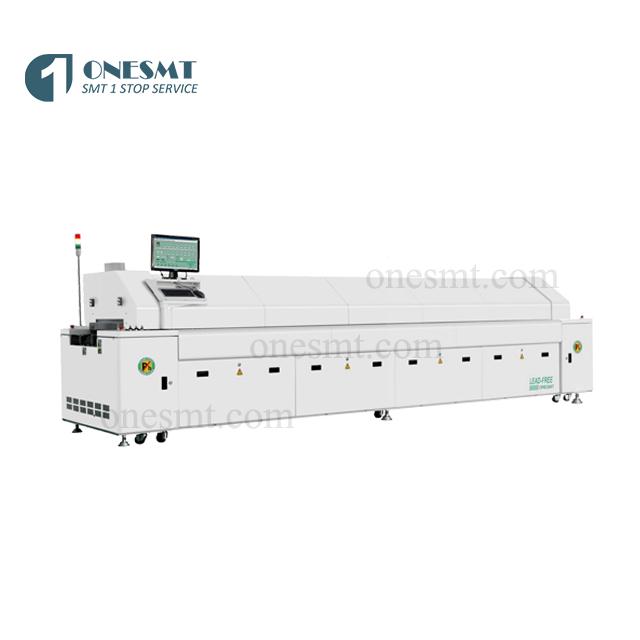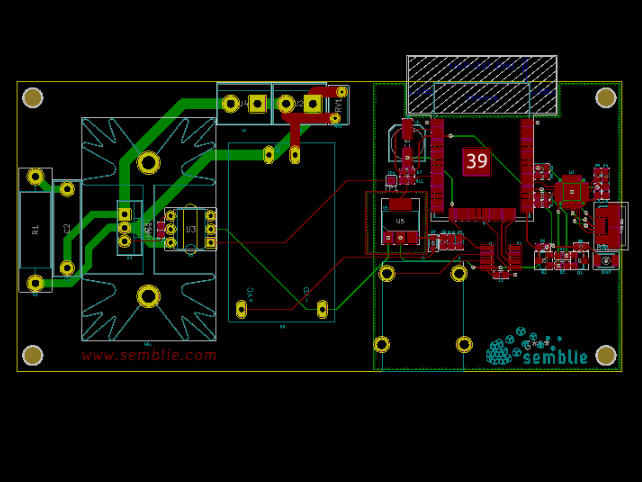

Moreover, it provides a contactless way of transferring heat. Heat transfers from one location to another through a process called convection, which involves the flow of fluids like air or gas vapor. Since black bodies absorb greater heat energy than white bodies, radiation has this constraint. The mode of thermal transfer known as radiation doesn’t require any physical connection between the source of heat and the warmer object. Heat transmission by radiation takes to happen in electromagnetic waves form, mostly in the IR or infrared area. When there is a temperature differential between adjacent locations, thermal conduction transfers across a substance without the material moving when two items with very different surface temperatures come in touch with each other, it happens up until they reach the equalized temperature, heat moves from the hotter to the colder item.

In three different methods, heat can transfer from a source of heat to heated items. Once it starts to cool to a melting point, a firm solder junction will develop. The molten alloy will combine with the pads of copper on the PCB to form a eutectic mixture.

To effectively solder surface-mounted electronic components to the PCB. It is necessary to apply heat to the solder paste until it reaches a point of molten point which is 217☌ for lead-free solder SAC305. SMT reflow ovens that can handle nitrogen frequently come with an oxygen monitor and an automated gas sampling device. In certain less crucial operations, the oxygen concentration in a nitrogen soldering reflow process may be more than 500ppm or as low as just 10ppm. Forming gas or nitrogen uses to lessen or completely prevent oxidation of PCB assembly while the heating process. PCBs process in a reflow oven in air, in a supervised forming gas or nitrogen environment, or both.

The soldering reflow oven’s maximum and lowest peak temperatures, as well as employ other characteristics like Flux Duration (FAT), Time Over Liquids (TAL), and cooling and heating ramp rates.
#REFLOW OVEN PCB SOFTWARE#
The software recipe is customized to produce the solder paste profile that the maker of the soldering reflow machine has defined for the circuit. “The profile” signifies the temperature that the circuit “sees” as it passes through the reflow oven. The software called “the recipe” contains all of the region temperatures and the speed of the belt. The PCB must expose to this very set point’s temperature when it travels through that area. The areas configure with a heat transfer set point that will use throughout the reflow soldering procedure. There must be a few zones-eight or fewer-or many zones-twelve or more-based on the size, throughput, and length of the reflow oven. All three feature our state-of-the-art electrochemical sensor technology to provide fast and accurate oxygen level readings.The configuration of inline hot reflow ovens consists of a variety of heating sections and a cooling portion. The OMD-501D and OMD-507 analyzers provide constant, online oxygen monitoring, and the OMD-501D offers two relay alarm contacts to alert personnel if oxygen levels get too high.
#REFLOW OVEN PCB PORTABLE#
The OMD-580 provides oxygen sensing in a rugged, portable enclosure complete with quick disconnect fittings making it easy to measure oxygen in multiple ovens on the spot without exposing the sensor to any oxygen from the environment. Oxygen sensing allows control of the N2 stream to both ensure quality, as well as save on gas consumption. This is often done by blanketing the reflow phase of the oven in nitrogen to get the oxygen concentration under 10 PPM. It is important in reflow soldering to maintain a low-oxygen environment to reduce oxidation on the soldered surfaces to create a more high-quality board. Systems don’t necessarily need to cool and then reheat the solder, but they must at least make sure the re-flow temperature is surpassed in the process. It is referred to as reflow soldering as the solder is melted, cooled, then heated again so it begins to flow. The reflow zone is the maximum temperature and allows for proper metallurgical bonding. The thermal soak zone allows for the removal of volatiles within the solder paste and activation of the flux. Preheat ensures the board is evenly heated to a temperature to avoid damage to the PCB or components. The PCBs travel along a conveyor belt to be exposed to the 4 heat profiles within the oven: preheat, soak, reflow, and cooling. This involves applying solder paste to the PCB and subjecting it to controlled heating and cooling profiles to melt the solder and attach the components. Attaching components to printed circuit boards (PCBs) is commonly done by reflow soldering in a specially built convection reflow oven.


 0 kommentar(er)
0 kommentar(er)
